I welcome you honorable lords and ladies. You can call me William Mowett and I will bring you closer to the Age of Sail and the ancient seafaring. Here you can learn the history of seafaring with pictures, articles and artefacts. Because history is not boring, it can explain things of this time and be extremely exciting. I'm looking forward to you and should you have any questions once, please don't be shy I will answered them gladly. I will follow you as @fleur-de-paris -
Don't wanna be here? Send us removal request.
Text
A US Navy seaman displays his confidence and swagger in a Hong Kong photo salon in 1898 during the Spanish American War.
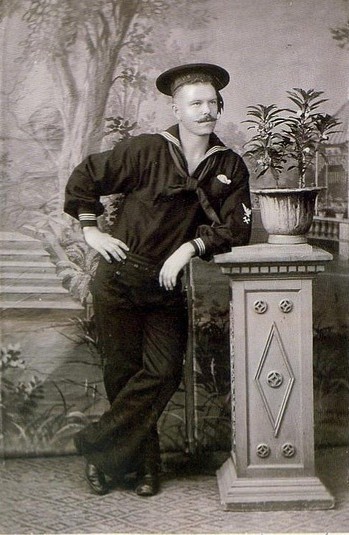
142 notes
·
View notes
Text
How to put a Ship in a Bottle
Source
967 notes
·
View notes
Text




Whaling journal/ logbook of the Whaler Helen Augusta and Gazelle, 1856-1862
The first 22 pages contain entries for the bark Helen Augusta of Martha's Vineyard, for a voyage captained by Daniel F. Worth that commenced June 19, 1856. Entries for the Gazelle begin on page 23, for a voyage also captained by Daniel F. Worth that commenced August 25, 1862.
102 notes
·
View notes
Text

Another photo I obtained from the historical society!
This one is undated and has no location but my thought is it’s probably Portland Maine.

Check out that style!
196 notes
·
View notes
Text
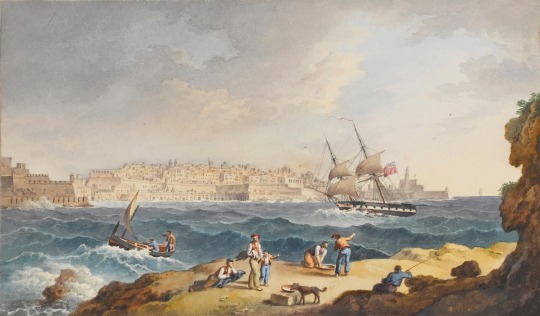
"A frigate beating an entry into Grand Harbour, Valletta" by Giovanni Schranz(1794-1882)
The ship in the painting is not a frigate but rather a sloop of war.
30 notes
·
View notes
Text
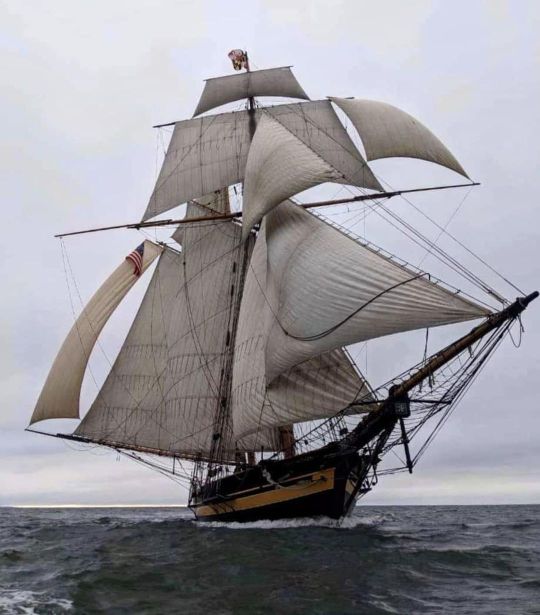
Pride of Baltimore II | 📷 possibly by Jeff Crosby
410 notes
·
View notes
Text
The Whaleboat, early 19th century
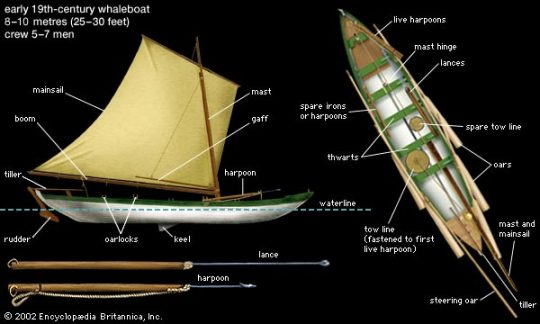
The whaleboat was towed by a harpooned whale until the animal tired. Lances were then used for the kill
Whaleboats were perhaps the most important piece of equipment to the whaler because it was in them that the actual hunt took place. 30 feet long and six feet wide with a depth of 22 inches amidships and 37 inches at bow and stern, whaleboats were built for speed and maneuverability for a small crew of 5-7 men.
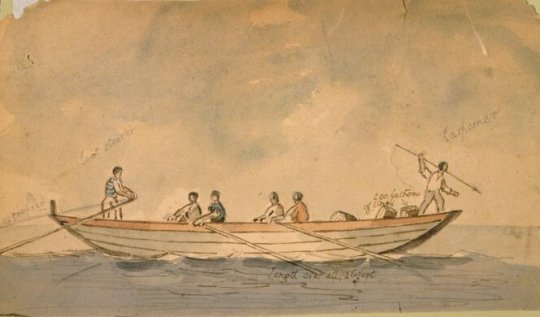
Whaleboat showing position of crew. unknown artist, early 19th century (x)
Their simple design made them strong and easy to repair, which was important on long voyages because the boats were frequently damaged during encounters with whales. They were sometimes equipped with a mast, sail, and rudder; many, however, were powered by five 16- to 18-foot long oars and were steered with a 22-foot long steering oar.
175 notes
·
View notes
Text
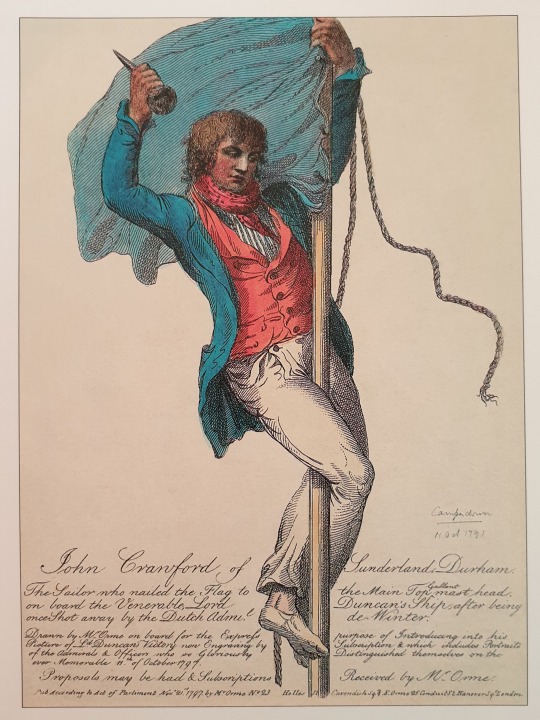
Jack Crawford, the Hero of Camperdown (*22. March † 10. November 1831)
In the Battle of Camperdown on 11 October 1797, HMS Venerable was the flagship of Admiral Duncan. During the battle, part of the mast was shot down with the admiral's flag. Lowering the Admiral's personal flag was a sign of surrender. Despite intense enemy fire, Crawford climbed the mast stump and nailed the flag to its upper end.
After the victory celebration in London he was formally introduced to King George III. For his deed he received a pension of £30 for one year, to which was added later a silver medal from the citizens of Sunderland. However, the drunk Crawford experienced difficult times and had to sell his medal. He was a victim of the cholera epidemic of 1831 and buried in an unknown poor grave.
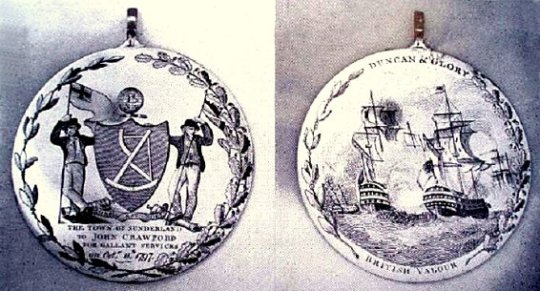
The silver medal which after the sale fell into the hands of the family of Admiral Duncan and remained there
At the end of the 19th century new interest in the hero of Camperdown led to the erection of a gravestone on the Holy Trinity cemetery in 1888. Two years later, a monument was erected in his honour in Mowbray Park opposite today's Town Hall. In addition, a pub was named after him. This was destroyed in the Second World War. A former statue and the commemorative coin are now in the Sunderland Museum.

Statue of Jack Crawford in Mowbray Park, Sunderland
People outside Sunderland have raised doubts about Crawford's heroism. On the one hand, it is claimed that he did not climb the mast voluntarily, but acted under duress. On the other hand, it is assumed that he was drunk, acted without orders and actually should have been court-martialed.
179 notes
·
View notes
Photo
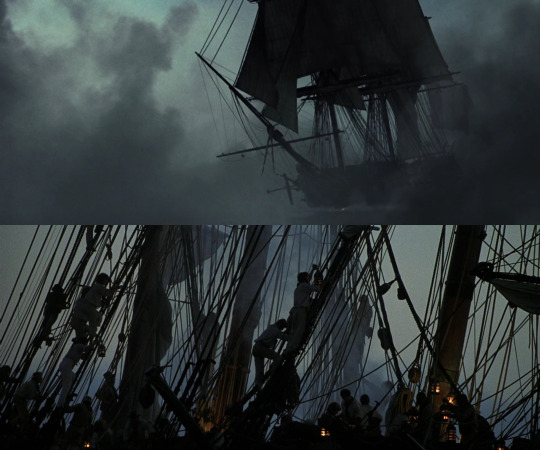
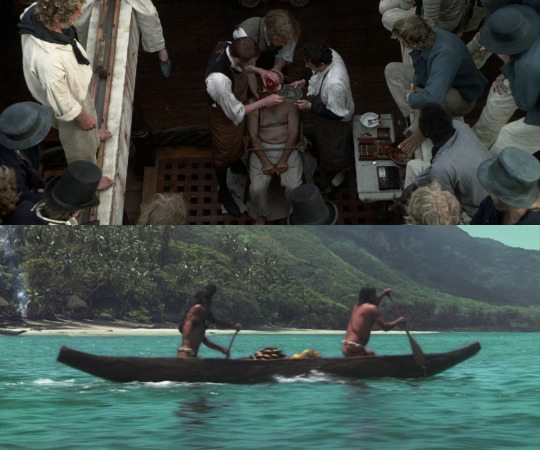
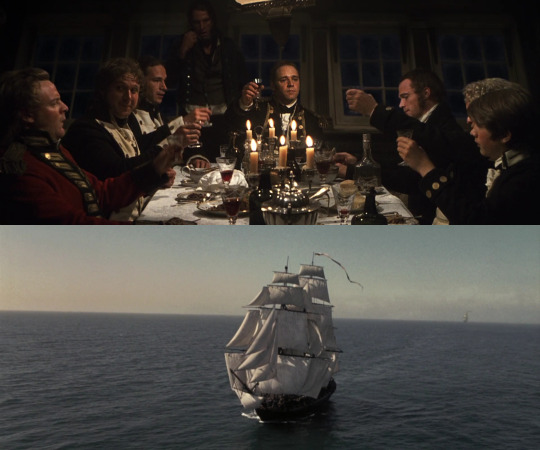
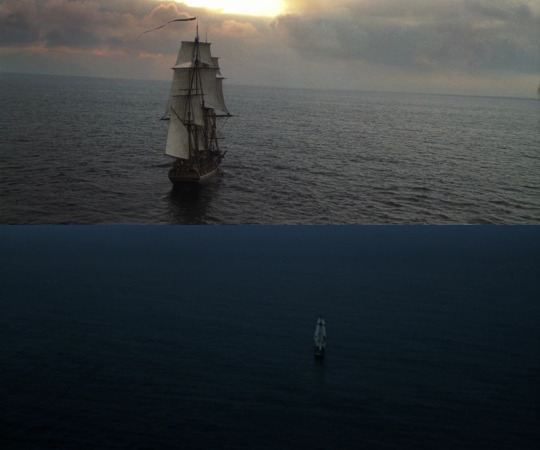
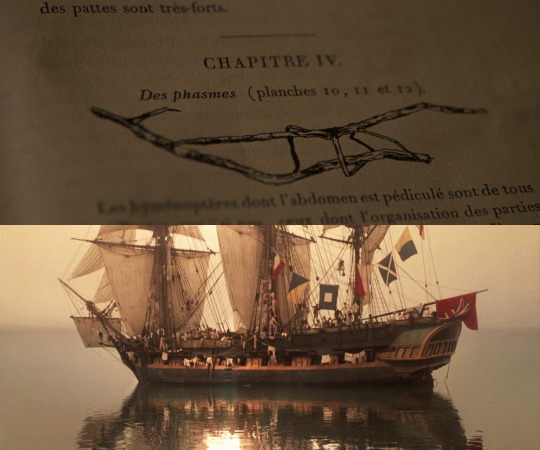

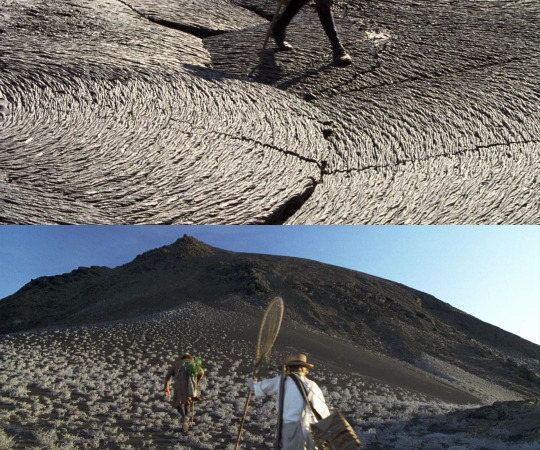
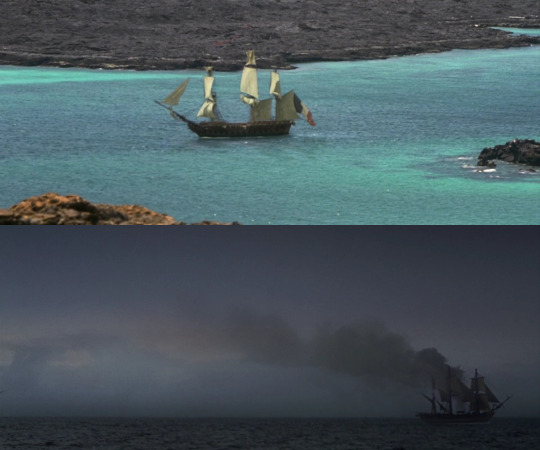
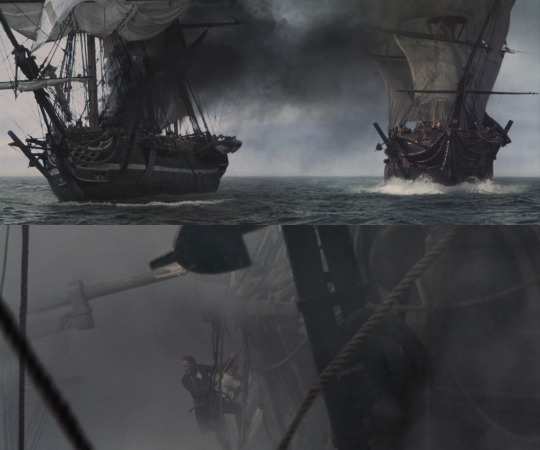
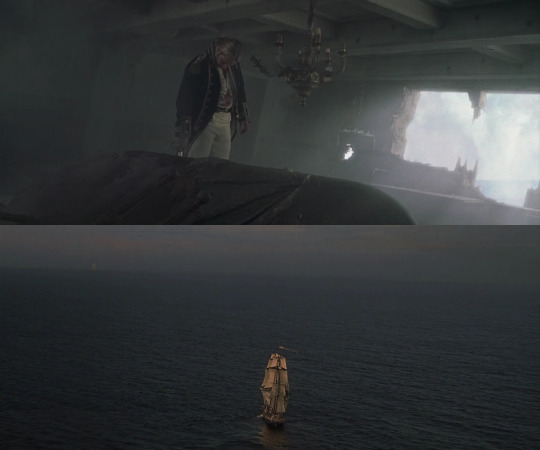
Academy Award for Best Cinematography:
76. Master and Commander: The Far Side of the World (2003, Peter Weir)
Cinematographer: Russell Boyd
Aspect Ratio: 2.35:1
510 notes
·
View notes
Text
Good morning, dear lads and ladies,
A word from me after a long time. I am now back home and the second operation went well. I still can't see properly, especially up close and in sharp focus, but it's getting better every day. I just wanted to let you know that and thank you for all your kind words and get-well wishes, but also for the 24K followers who are now part of our crew. You guys are simply amazing.
See you soon
239 notes
·
View notes
Text
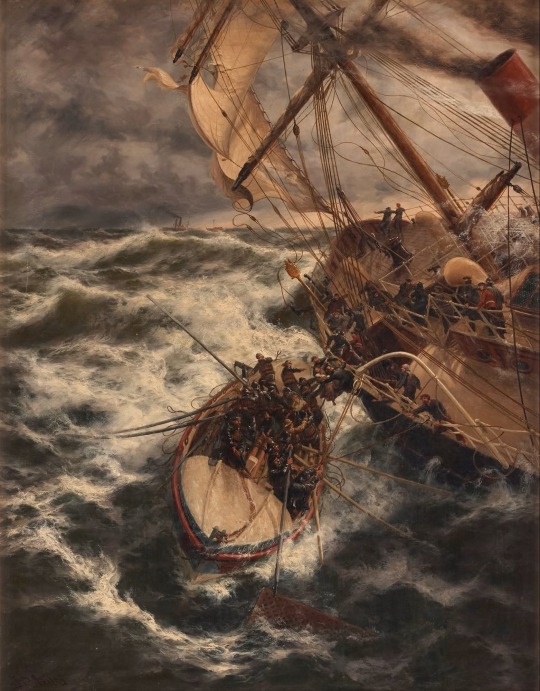
Rescue at Sea, date unk., by Thomas Rose Miles (1844 - 1916, English)
102 notes
·
View notes
Text
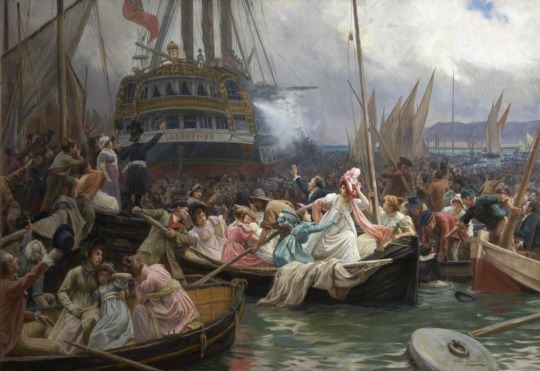
Napoleon on Board the Bellerophon at Plymouth by Jules Girardet (1856–1946)
72 notes
·
View notes
Text
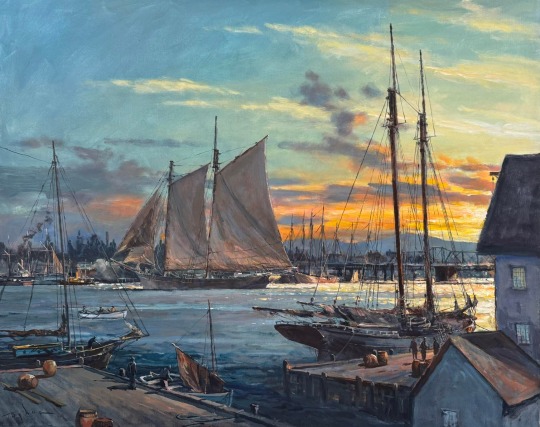
Leaving Victoria on a Morning Tide by Dale Byhr, 2025
90 notes
·
View notes
Text
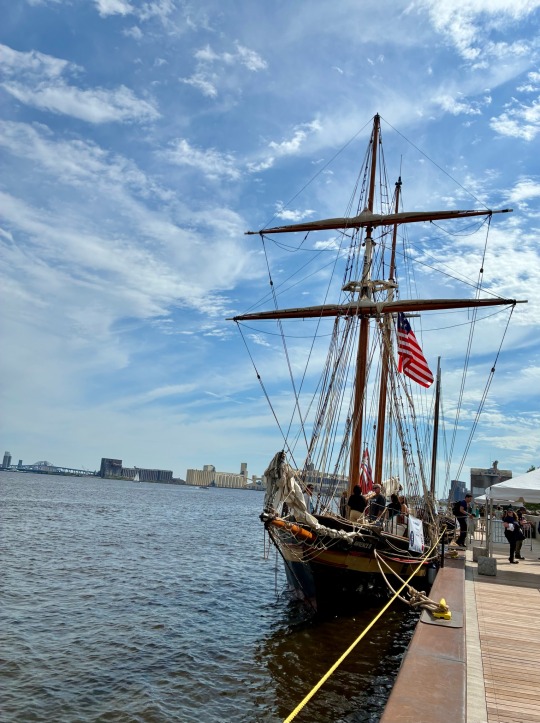
My favorite new-to-me discovery at the tall ships festival was the brigantine St. Lawrence II!She’s a youth sail training vessel, and everything aboard her is child-sized. She’s so cute.
Photo ©️ @the-golden-vanity
122 notes
·
View notes


